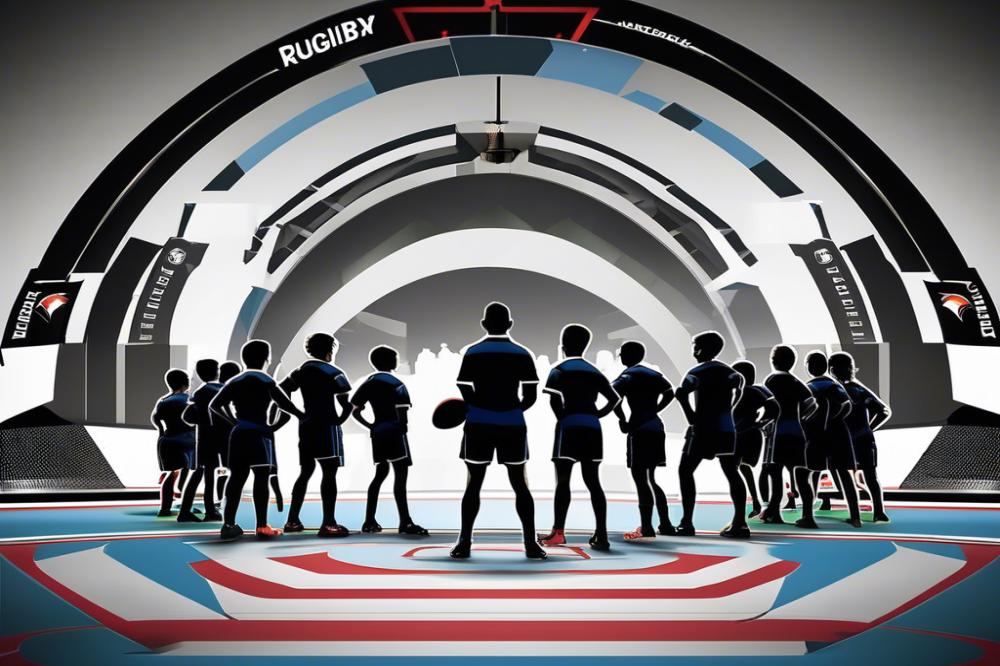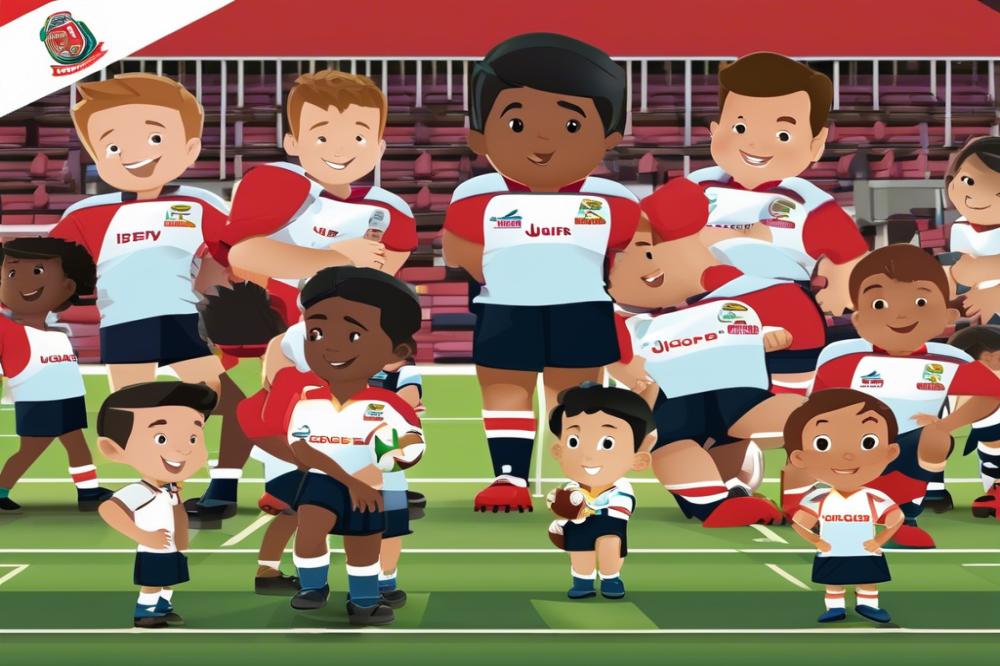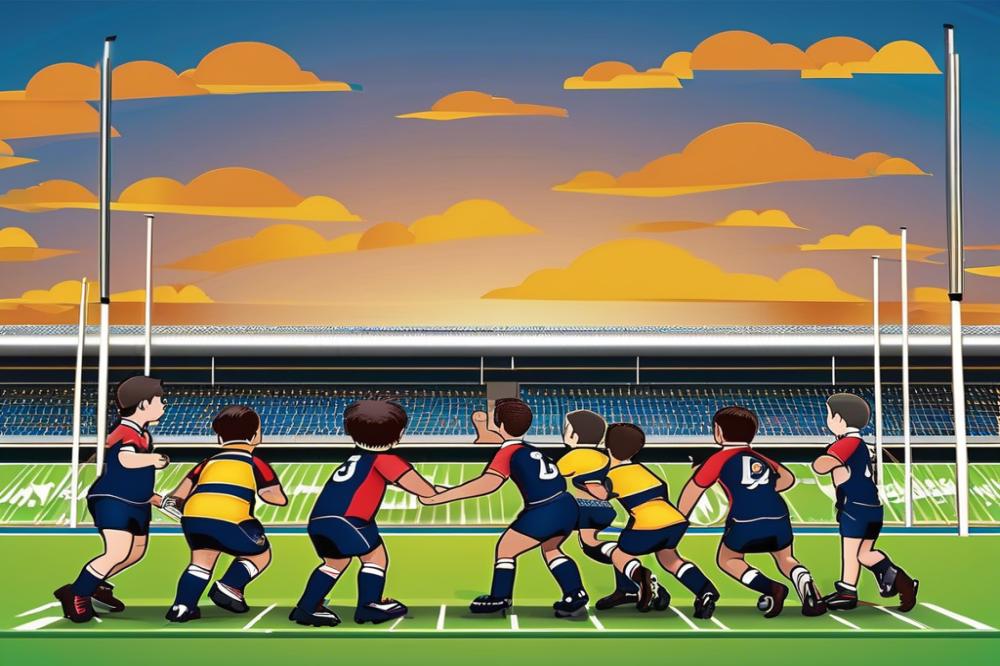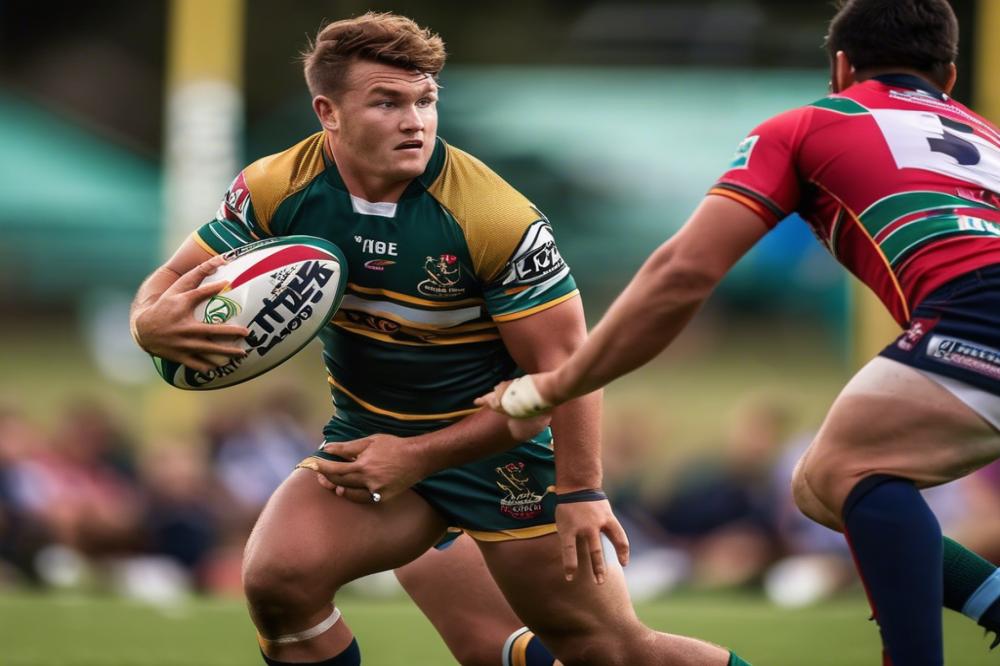The Importance of Learning Multiple Positions in Junior Rugby League
player development in rugby league stands as a crucial component of the sport’s foundation. Young athletes benefit greatly from versatile training. They gain skills that contribute to the holistic growth of a well-rounded player. Kids need diverse experiences to build their capabilities.
Playing various positions offers learners a chance to broaden their understanding of the game. Junior leagues serve as a prime location for this. Here, youngsters can experiment beyond their comfort zones. This practice not only enriches their skills but also deepens their grasp of rugby’s complexities.
Within the NRL player development & Pathways framework, adaptability holds #anchor_text_1#. Developing versatile players is increasingly significant. Coaches are encouraging young athletes to embrace multiple roles. This hampers rigid specialization too early in their growth. Instead, they nurture a wide array of abilities.
Exploring different positions allows for the identification of strengths unintended initially. Young players get to experience #anchor_text_2#, which contributes to their development of critical thinking and tactical awareness. This approach aligns perfectly with the rugby philosophy of adaptable growth.
In summary, well-rounded training encapsulated within junior leagues holds immense value. Learning various positions is quintessential. It sets a strong foundation for future stars. It prepares them not only for the NRL but for a lifelong appreciation and understanding of the game.
Understanding Player Versatility

Player versatility in rugby league refers to the ability of an athlete to perform different roles on the team. It’s not just about playing multiple positions; it’s about seamlessly transitioning from one role to another. This adaptability is crucial in a sport where strategies change quickly. Versatile players can adjust to these changes without missing a beat, making them invaluable to their teams.
Adaptability on the field ensures a team can handle unexpected challenges. For example, if a teammate is injured, a versatile player can fill in the gap promptly. This flexibility allows coaches to experiment with different strategies and formations, knowing their players can adapt accordingly. The ability to be flexible enhances team dynamics and reinforces the overall strength of the squad.
The benefits of versatility extend beyond the team, deeply impacting individual players. For young athletes, learning multiple positions develops a comprehensive understanding of the game. It teaches them different strategies and techniques, making them more well-rounded athletes. Players who can adapt to various roles are often more confident, as they know their value isn’t tied to one single position.
For teams, player versatility can be the difference between success and failure. It grants the squad more options, both in setting game strategies and during gameplay adjustments. Teams with adaptable players often find more success as they can cope with different opponents and challenges effectively. The emphasis on versatility encourages a collaborative atmosphere where individual talents are maximized for the team’s overall success.
Benefits of Learning Multiple Positions

Playing different positions in junior rugby league offers numerous advantages. One of the most significant is the enhancement of game intelligence. Understanding various roles improves strategic insight. Players gain a deeper comprehension of the game. This intellectual growth is critical for young athletes.
Another benefit is the broadening of skill sets. When a player experiences multiple positions, they develop diverse abilities. This not only improves their overall athleticism but also enhances specific rugby skills. Whether it’s tackling or passing, versatility is key. There is a clear advantage in being adaptable on the field.
Additionally, learning different positions increases chances for team selection. Coaches often look for flexible players. These individuals have more opportunities in development pathways. Being able to fill multiple roles is valuable for advancing through the ranks. Progression often favors those who can adapt.
Pathway to Professional Growth

How Position Flexibility Supports Player Growth Within the NRL Pathways
Understanding multiple positions can open doors in rugby league. Players able to adapt to various roles become invaluable. Coaches appreciate versatility in young athletes. The National Rugby League (NRL) values this skillset highly. Teams seek individuals ready to fill gaps when needed. Learning different positions also nurtures strategic thinking. Players get a wider view of the game.
Examples of Professional Players Who Benefited from Playing Multiple Positions
Several NRL stars flourished by mastering various roles. Greg Inglis is one such example. He excelled in fullback, center, and five-eighth positions. Lachlan Croker, another player, also demonstrated flexibility. His knowledge of multiple roles enhanced his career. James Tedesco made a similar transition. Early on, he shifted between positions, leading to success.
Insights from Coaches and Development Experts on Fostering Diverse Skill Sets
Coaches repeatedly stress the significance of adaptability. Jim Smith, a seasoned coach, mentions its critical role. He believes skill variety improves game intelligence. Development experts echo similar sentiments. Susan Thompson highlights how flexibility prepares players for challenges. Focusing on diverse skill sets builds resilience, says another expert. The game demands adaptability from athletes striving for excellence.
Challenges and Solutions
Common Challenges Faced by Junior Players When Learning Multiple Positions
Learning multiple positions in junior rugby league presents several challenges for young players. Confusion can arise due to differing responsibilities across positions. Each role comes with unique skills, which can be overwhelming. Physical demands vary and adapting can be difficult. Mental strain also occurs as players may feel pressure to remember distinct tactics for different spots on the field. Players might also experience reduced confidence, as they could feel unfocused when mastering several roles simultaneously.
Strategies to Overcome These Challenges, Emphasizing Coaching Approaches
Coaches play an essential role in addressing these challenges. They must provide clear instructions and consistent feedback to aid understanding. Simplifying position-specific strategies can help. Breaking down complex tasks into smaller, more manageable parts also aids learning. Rotating positions during practice promotes familiarity without pressure. Encouragement builds confidence; focus on effort and improvement rather than immediate mastery. Coaches should foster an environment where mistakes are seen as learning opportunities. Utilizing peer support systems in training can further aid development. Such methods help young athletes adapt more comfortably to varied positions.
Role of Clubs and Training Programs in Supporting Versatile Learning
Rugby clubs and training programs provide vital support in cultivating versatile players. They must prioritize flexibility in their training sessions. Structured programs should include drills that cover multiple positions. Collaboration with experienced coaches can enhance player development. Clubs should offer resources like video analysis to understand different roles better. A supportive environment boosts player confidence. Institutions can organize workshops focusing on flexibility and skills enhancement. Such initiatives contribute greatly to promoting a broader understanding of the game, making learning an enjoyable experience. These efforts eventually benefit both the club and individual players.
The Value of Positional Versatility in Junior Rugby League
Gaining skills across various roles on the rugby field provides a multitude of benefits for young players. Adapting to different positions enhances their understanding of the game’s strategic complexities. This adaptability fosters increased game intelligence and better decision-making under pressure. Junior athletes develop a comprehensive skill set, leading to greater resilience. Such diversity in proficiency ultimately offers opportunities for players to shine on any stage.
Within the framework of NRL Player Development & Pathways, mastering multiple positions holds significant merit. It prepares players for the unexpected and broadens their prospects. The ability to step into varied roles is often a key trait that recruiters and coaches cherish. It also contributes to a more robust team dynamic. Players capable of filling different gaps elevate the entire squad’s performance. Their flexibility often determines the difference between winning and falling short.
Encouraging this versatility in young athletes should be a priority. Coaches are urged to cultivate environments where experimentation and learning are welcomed. Rather than pigeonholing players into specific slots too soon, they can foster exploration. Junior players should be inspired to embrace the idea of learning beyond their current roles. By doing so, they not only become valuable team members but also confident individuals. Exploring the depth of rugby through varied positions enriches the junior experience, opening doors for emerging talents to truly thrive.



